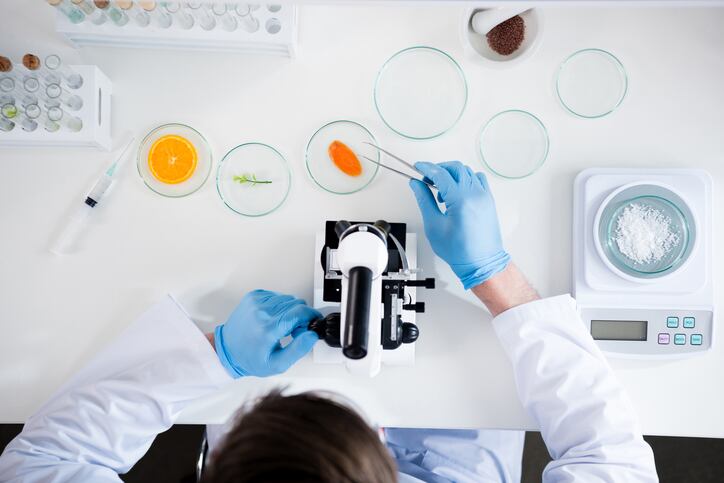From the studied fruit peels, total polyphenol content (TPC), total flavonoid content (TFC), total antioxidant capacity (TAC), and total carotenoids were found to be highest in grapes (black seedless), guava (Gola), strawberry (Chandler), citrus (Mosambi), and apple (Kala kulu-pak), respectively.
In addition, a significant variation in the antioxidants was noted amongst differing fruits, following principal component analysis and agglomerative hierarchical clustering (AHC) of the collated data.
“According to the best of our knowledge, this is the first descriptive study of local fruits for comparative analysis of nutritional composition and antioxidants from different fruit varieties (peels), and it could be used as a sustainable alternative source for reducing malnutrition in developing countries”, the researchers from the University of Chinese Academy of Sciences and Sindh Agriculture University conclude.
Food security with fruit
It has been established that many fruit peels represent rich sources of biologically active compounds with strong antioxidant potentials, such as polyphenols, flavonoids, and carotenoids, which have been reported to be largely beneficial for human health.
These peels also represent a vast source of waste within the food industry. Thus, paired with their observed health benefits, there has been increased interest in their potential use in products such as additives, prebiotics, dietary fibres, as well as within cosmetics and medicines.
The most eaten fruits worldwide include apples, grapes, and other tropical fruits. Biological compounds are rich in these sources, with apples containing procyanidins and catechins, whilst grapes contain anthocyanins and epicatechin. It is noted that pomegranates, strawberries, and guava fruits are also a potent antioxidant source, with strong free radical scavenging abilities.
However, the nutritional composition and antioxidant potentials of different fruits are highly variable, and therefore, the researchers says there is a need for the quantification of such properties to shape the future of their utilisation.
Study
The fruit varieties included apples, pomegranates, guavas, strawberries, grapes, and citrus fruits, which were analysed using an ultraviolet-visible spectrophotometer, an inductively-coupled plasma atomic emission spectroscopy (ICP-AES), and an amino acid analyser.
It was observed that TPC, TFC, TAC, total carotenoid, lycopene, ascorbic acid had highest biological activities in black grapes, guava (Gola), strawberry (Chandler), citrus (Mosambi), and apple (Kala kulu-pak), when compared to other studied fruit peels, respectively.
Additionally, following the conduction of PCA to investigate the correlation among the different fruit varieties, significant variation was noted, highlighting the importance of such findings in guiding genotype selection for their use as nutraceuticals.
Food security
“These results supported the concept that fruit peels are a strong source of food waste, having potent antioxidant properties, and there is a dire need for effective utilization in nutraceutical approaches and feed formulation”, the researchers highlight.
With regards to the antioxidants identified, the researchers stress: “Genetic factors, environmental factors, and physiological phases can modify the composition; concentrations exist in plants, thereby influencing in vitro antioxidant properties.
“Using different extraction and purification tools, it is possible to recover the essential bioactive compounds from fruit waste and convert them into value-added products for industries,” they add.
Whilst the findings shed light onto the potential of utilising a vastly wasted, nutritionally rich food source, the report stresses that further studies are required to understand the specified fruit peels’ in vitro digestibility and bioavailability. Additional animal and human intervention studies are required to further investigate their potential commercialisation.
Source: Frontiers in Nutrition
https://doi.org/10.3389/fnut.2022.1065698
“Identification of nutritional composition and antioxidant activities of fruit peels as a potential source of nutraceuticals”
Tarique Hussain, Dildar Hussain Kalhoro and Yulong Yin.

